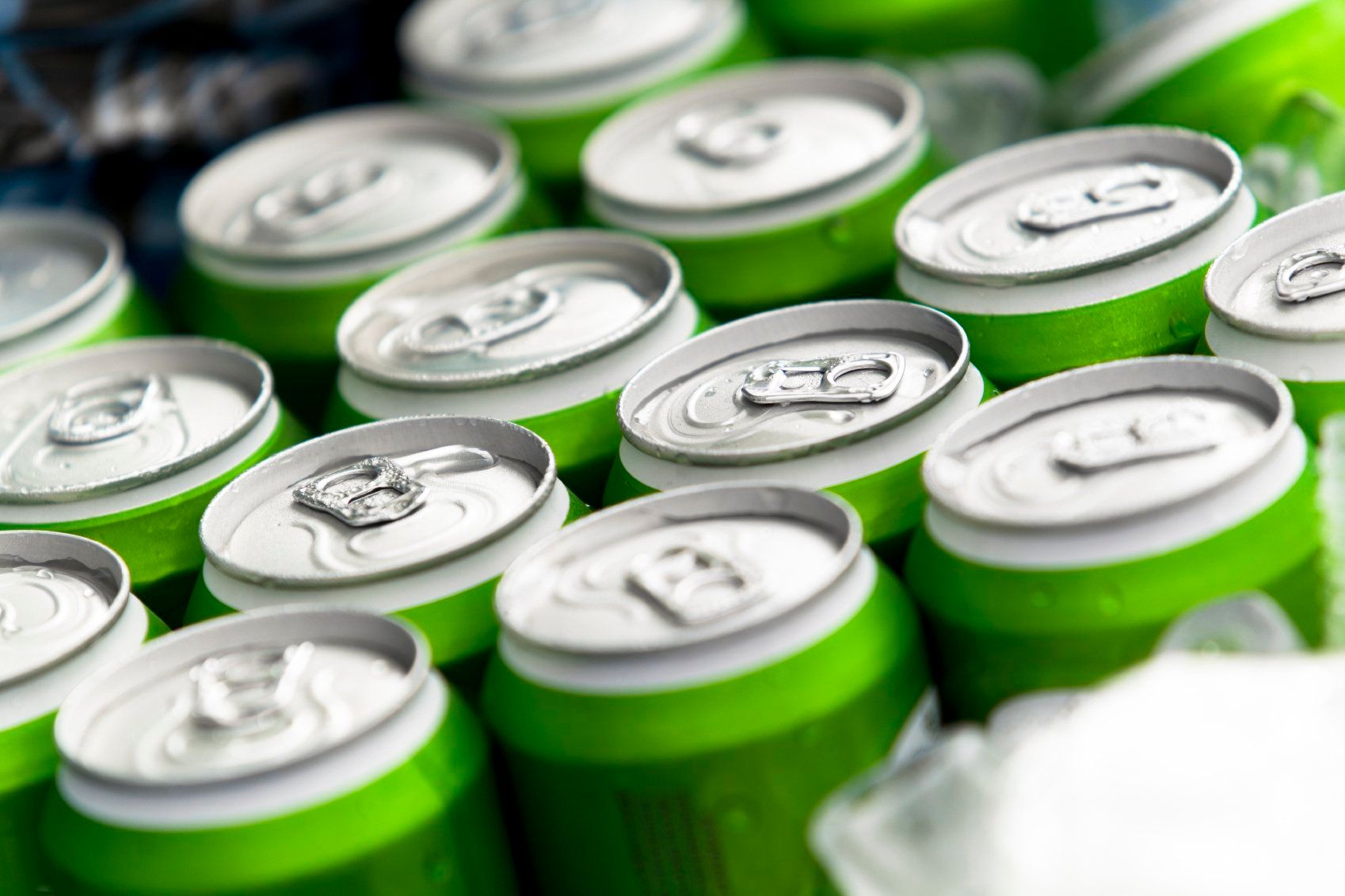Energy Drink Launches Surge in 2015
New Mintel research indicates more energy drinks were launched globally last year than in any year since 2008.
Photo © iStockphoto.com/Pgiam

Propelled by stellar global sales and a burst of new launches, energy drinks had a banner year in 2015. According to a new report released by market researcher Mintel, more energy drink products were launched globally last year than in any year since 2008, with energy drink sales across “key global markets” posting the strongest annual increase since 2012. Last year also capped off a strong five years for energy drink products, which grew by 29% globally between 2010 and 2015.
Interestingly enough, while the United States has long been the leader of energy drink innovation, 2015 actually saw Germany take the top innovation spot for the first time. Compared to 2014, when the U.S. market accounted for 10% of global launches, 8% of global energy drink launches occurred in the United States in 2015. Germany, meanwhile, was home to 9% of global energy drink launches last year, compared to just 6% in 2014.
Beyond new product launches, 2015 also show overall volume sales of energy drinks “soaring,” Mintel reports. The global energy drinks market rose by an “energetic” 10% last year to reach a total volume of 8.8 billion liters.
Alex Beckett, global food and drink analyst at Mintel, calls energy drinks the “controversial, yet undeniably successful, wild child of the soft drinks family,” in the report announcement.
“The primary driver of global growth remains the drinks’ capacity to provide consumers with a quick and effective energy boost-something which resonates with consumers the world over,” Beckett says. “Energy drinks are benefitting from being championed by giant brands, which devote huge investment to advertising and high-profile marketing initiatives to project an exciting and edgy image.”
Emerging Markets
A look at the different countries driving global energy drink sales also reveals exciting growth in several emerging markets. While the United States, China, and the United Kingdom account for the top-three largest energy drink markets by volume (3.3 billion liters, 1.4 billion liters, and 561 million liters, respectively), Thailand and Vietnam also cracked the top five in 2015 with 465 million liters and 351 million liters, respectively.
Additionally, China was home to the greatest increase in energy drink volume sales between 2014 and 2015, with 25% growth. Thailand followed close behind with a rise of 19%.
“In less developed regions, local energy drink brands are emerging and gaining distribution as a more affordable alternative to multinationals, adding pressure for major players to project a brand identity that consumers from New York to Beijing want to be associated with, and pay more for,” Beckett explains.
Organic Energy Drinks
Another trend in recent years has been a move toward more energy drinks carrying an organic claim. While just 4% of energy drinks launched globally in 2011 carried an organic claim, 7% of launches in 2015 were labeled as “organic.”
What’s more, organic energy drink products appear to be especially popular in Europe, where 58% of such global launches took place in January through July of 2016. North America, by comparison, was home to 39% of all global organic energy drink launches over the same period.
“The rise in global organic energy drink offerings illustrates how the sector is attempting to appeal to a broader audience by conveying a more natural image,” Beckett says. “For the foreseeable future, brands will remain under pressure to reformulate with better-for-you ingredients.”
Parent Power
A final finding from Mintel’s report on energy drink sales is that parents are among the most avid consumers of energy drinks. Compared to the U.S. average of 12% of consumers who drink energy drinks, 26% of U.S. parents with children aged five and under drink energy drinks, and 32% of parents with children aged 6–11 drink energy drinks. In the United Kingdom, 58% of parents with children aged five and under drink energy drinks, compared to a national average of 35%. And in Germany, 44% of adults with kids under the age of 21 in their household drank a branded energy drink last year, compared to the adult average of 33%.
“Often exhausted and needing to be on the go pretty much constantly, young parents are emerging as a valuable user group for energy drink brands around the world,” Beckett says. “Although they are not the traditional target audience of 18–24 [year olds] which typically feature in marketing campaigns, young parents and older Millennials in general are the primary energy drink consumers.”
Mintel’s full U.S. report on the 2016 energy drinks market can be found here.
Read more:
Which Flavors Are Trending in Energy Drinks?
Energy Drink Makers Turn to Natural Botanical Ingredients
Latest Sports-Nutrition Product Trends
Michael Crane
Associate Editor
Nutritional Outlook Magazine
michael.crane@ubm.com

.png&w=3840&q=75)

.png&w=3840&q=75)



.png&w=3840&q=75)



.png&w=3840&q=75)









